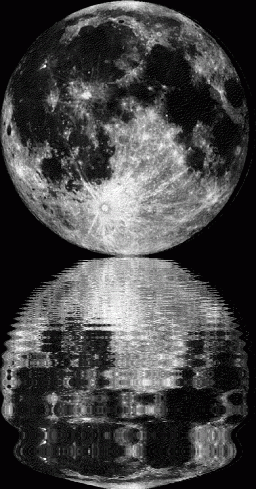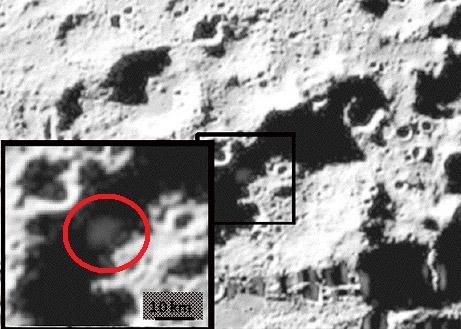
It’s official, there is water on the moon. National Geographic has this:
The crash, plus the subsequent impact of LCROSS itself, yielded enough water fill about a dozen 2-gallon (7.6-liter) buckets, NASA announced on November 13, 2009.
The significance of this discovery is hard to overstate. For a manned lunar base to stand any long-term chance of viability it will require a source of water, and raising that water out of the gravity well of earth would be tremendously expensive. Oxygen for breathing and hydrogen for fuel are also commodities that are essential for sustainable presence on the lunar surface, and both of these can be easily made if a source of water is available but would prove prohibitively expensive if they had to be lifted pound-by-pound from earth.
To put this in perspective, the 12,000 lb Apollo Command Module that was the primary payload of the previous moon program required the nearly 7,000,000 lb Saturn V rocket to lift it into space, at a cost of about $1,000,000 per pound (in adjusted 2008 dollars). Therefore, the water thrown up in the test crash last month would have cost around $20M to have sent there on a rocket.
The potential now for a manned base on the moon is greater than it has ever been before. With this first step, it is becoming possible to imagine a future – that is perhaps so near that the youngest of us alive now will live to see – when a viable population of humans will live and grow outside the fragile basket which is our home planet.
That splash of frozen water could well have been the first indication of the immortality of the human species.
In a highly-anticipated piece of video that was watched live by millions on October 9, 2009, the Lunar Crater Observation and Sensing Satellite (LCROSS) spacecraft plowed into a crater on the south pole of the moon. The location was chosen because it is perpetually deep in shade and therefore had the least chance of having been desiccated by the heat of sunlight. While the world watched, the LCROSS craft and it’s rocket blasted a 20-30 meter hole in the floor of the crater.
On the screen, nothing exciting could be seen. However, pictures show a significant plume of ejecta and detailed spectranalysis since has shown beyond doubt that it contained large quantities of water. In the picture below, the grey cloud circled in red is a ten-kilometer-wide cloud thrown up by the impact of the rocket and photographed by the LCROSS spacecraft before it added it’s own mass to the impact site.

Project scientist Anthony Colaprete made the announcement at a news conference today:
Childhood’s End really has no sharply defined boundary, but I think this puff of ice from our nearest planetary partner only a quarter million miles away will be remembered by our descendants as one of the most significant steps beyond our genetic nursery.
11 comments